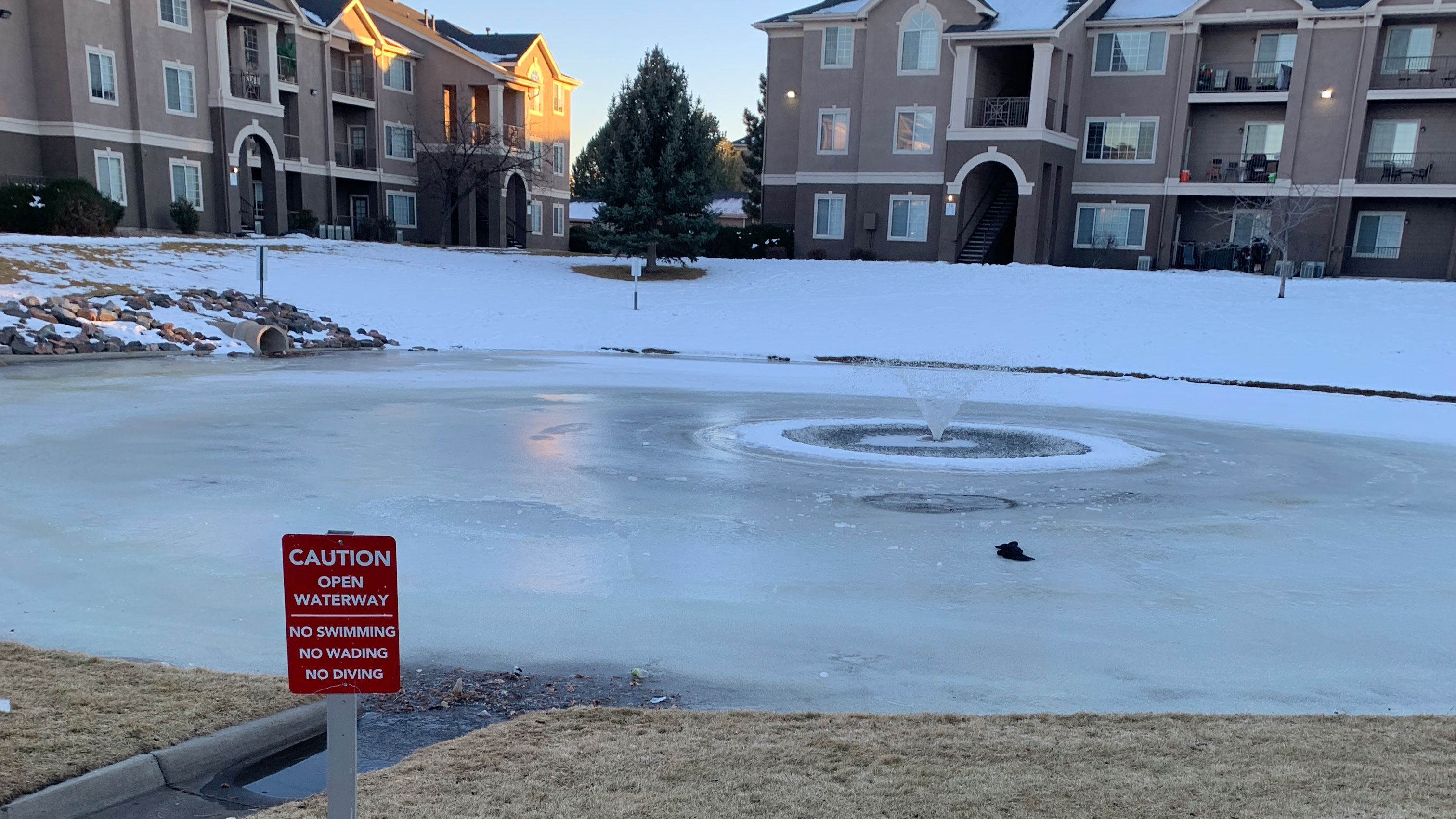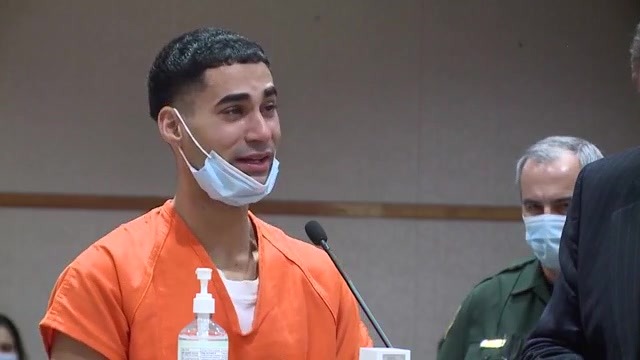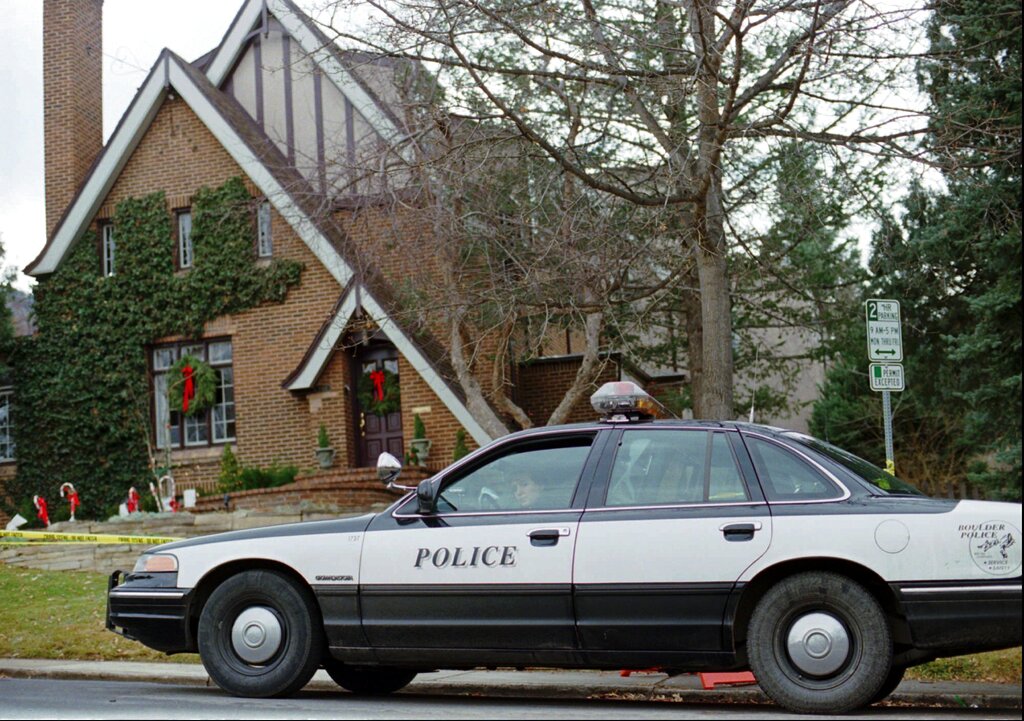RICHMOND, Va. (WRIC) — On Election Day, voters will decide who should have the power to shape political representation in Virginia.
Redistricting happens every ten years when legislators redraw district lines using new Census data. The process determines which state and federal lawmakers a person can vote for based on where they live.
‘Proposed Constitutional Amendment #1’ landed on this fall’s ballot after earning a majority in two different General Assembly sessions–a requirement for changing the state Constitution. Earlier this year, the proposal won support from both parties in the Senate but splintered House Democrats.
Both sides claim their goal is to end gerrymandering–the process of manipulating district lines to favor an incumbent lawmaker or political party. The question is whether the amendment–in its current form–is the best way to accomplish that.

If the amendment fails, Democrats will have complete control over the maps determining political representation in the commonwealth for the next decade. That’s the case after the party won control of the House and Senate for the first time in a generation.
If voters approve the amendment, it would shift that district-drawing responsibility to a bipartisan commission: four Republicans, four Democrats, and eight citizens. The citizens would be appointed from a list crafted by party leaders in the General Assembly.
“For the first time in 400 years, citizens will have a voice at the table and they will be a part of the redistricting process. That has never happened before,” said Tavorise Marks, a leading member of Chesterfield’s NAACP. “Voting yes is the best first step in ensuring that we are going to permanently end gerrymandering here in Virginia.”
His comments stand in contrast to his colleagues at the NAACP who recently came out in opposition to the redistricting amendment.
“For too many years, politicians have drawn rigged districts that strip Black voters of our voice. We need to reform the system, not make it worse,” said Virginia Robert N. Barnette, president of The Virginia State Conference (VSC) of the NAACP. “Any redistricting amendment must include explicit and strong protections for Black voters and voters of color. Amendment 1 far misses the mark.”
Del. Mark Levine (D-Alexandria) said his concerns partly stem from language that would allow two lawmakers on the sixteen-person commission to dissent and kick the issue to the Supreme Court of Virginia. There, he fears decades of Republican appointees could unfairly influence the process.
“Literally anyone who is in support of this constitutional amendment is deliberately misleading Virginians,” echoed Del. Lashrecse Aird (D-Petersburg) in an interview on Friday.
Del. Jason Miyares (R-Virginia Beach) accused House Democrats of turning on the amendment for a politically expedient power grab.
“If you really want to test someone’s character, ask a politician to voluntarily give up their power and that’s exactly what this amendment would do. It would give up a lot of political power and obviously, a lot of Democrats don’t want to do that,” Miyares said.
House Democrats like Levine and Aird said their goal is actually to remove lawmakers from the redistricting process altogether. They’re pushing for a commission made up of only citizens: three Republicans, three Democrats, and four Independents. In Levine’s plan, lawmakers also wouldn’t have a say in who serves on the panel.
“If you believe that voters should be choosing their legislators and not the other way around then you will not support this constitutional amendment,” Aird said about the proposal on the ballot.
If voters shoot down the amendment come November, the two-year process of passing a new one would likely begin again in 2021. That means whatever framework comes out of it could not be employed until the next redistricting process in 2031.
Levine said, even if Democrats do retain the power to draw districts before a new amendment is voted on, they’ve already ‘tied their own hands’ by banning gerrymandering in the regular session.
Aird also has concerns about the lack of safeguards ensuring people of color are represented on the commission, especially since gerrymandering has historically diluted minority votes.
Marks said he would like to see more specific standards enshrining minority representation but he’s confident that lawmakers will prioritize diversity.
“I just think that is a fear tactic that is not needed right now. We’ve taken an issue that should’ve been purely technical and we’ve made it emotional. We need to focus on the facts,” Marks said.
Weeks away from decision-day for voters, lawmakers are still sparring about possible implementation of the amendment–a fight that’s threatening to further delay the passing of the two-year budget.
The Senate, where both parties have embraced redistricting reform, is trying to include language specifying that the party leaders and former judges appointing commission members would have to consider racial, geographic and gender diversity. The proposal also seeks to prevent various conflicts of interest.
House Democrats have been reluctant to embrace the changes so close to Election Day.
“If the amendment was so great it wouldn’t need rubber bands and bubble gum and paper clips to hold it together,” Levine said. “No legislative fix lasts forever but the constitution is pretty permanent.”
Read more about ballot question one here.










































































































